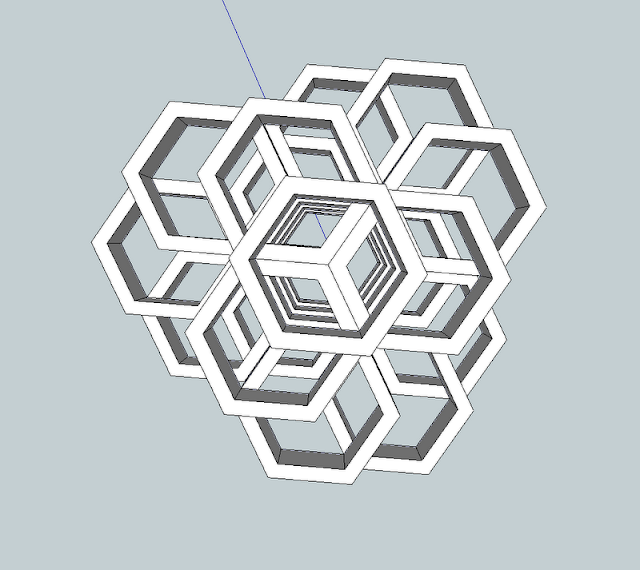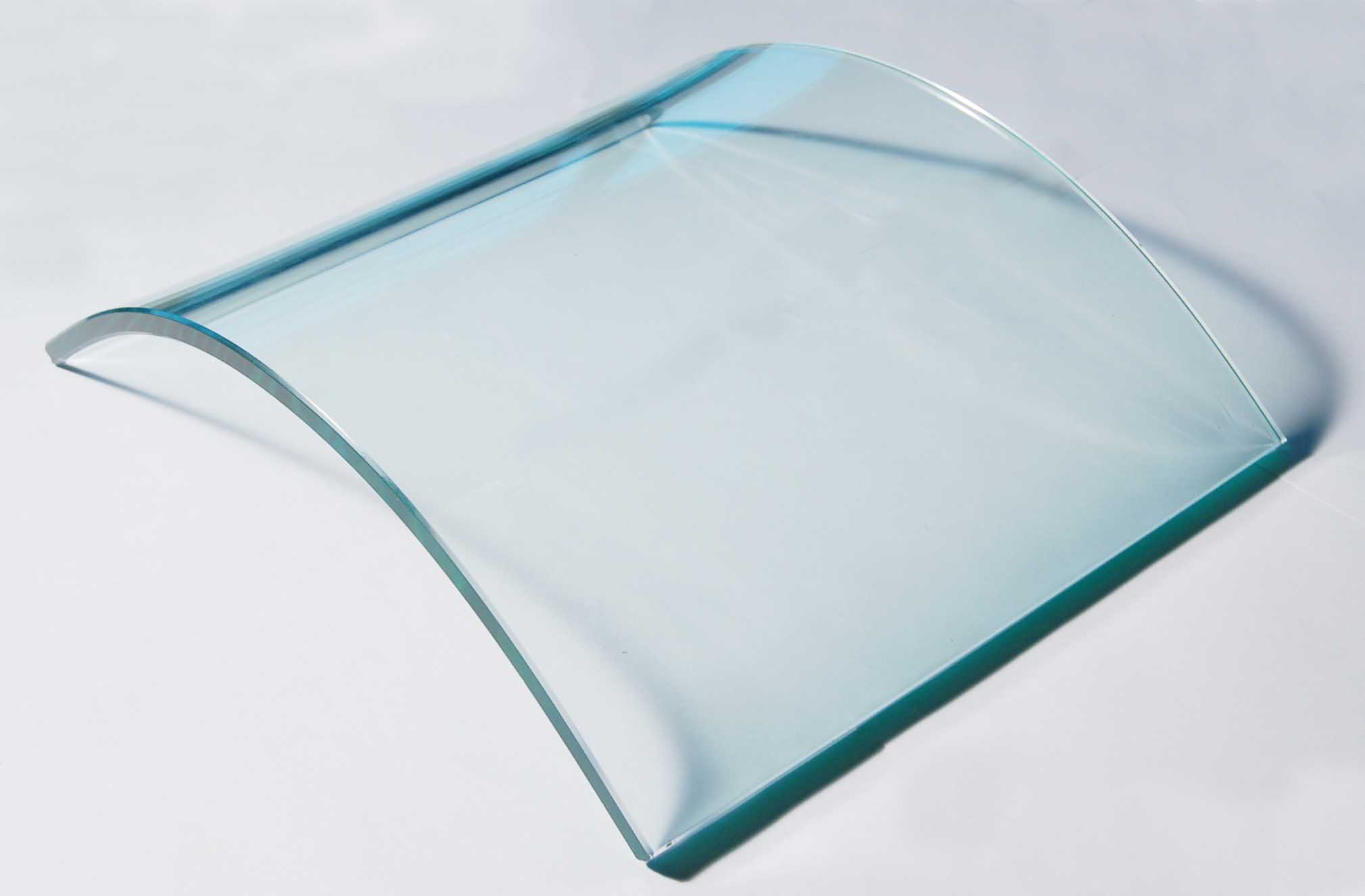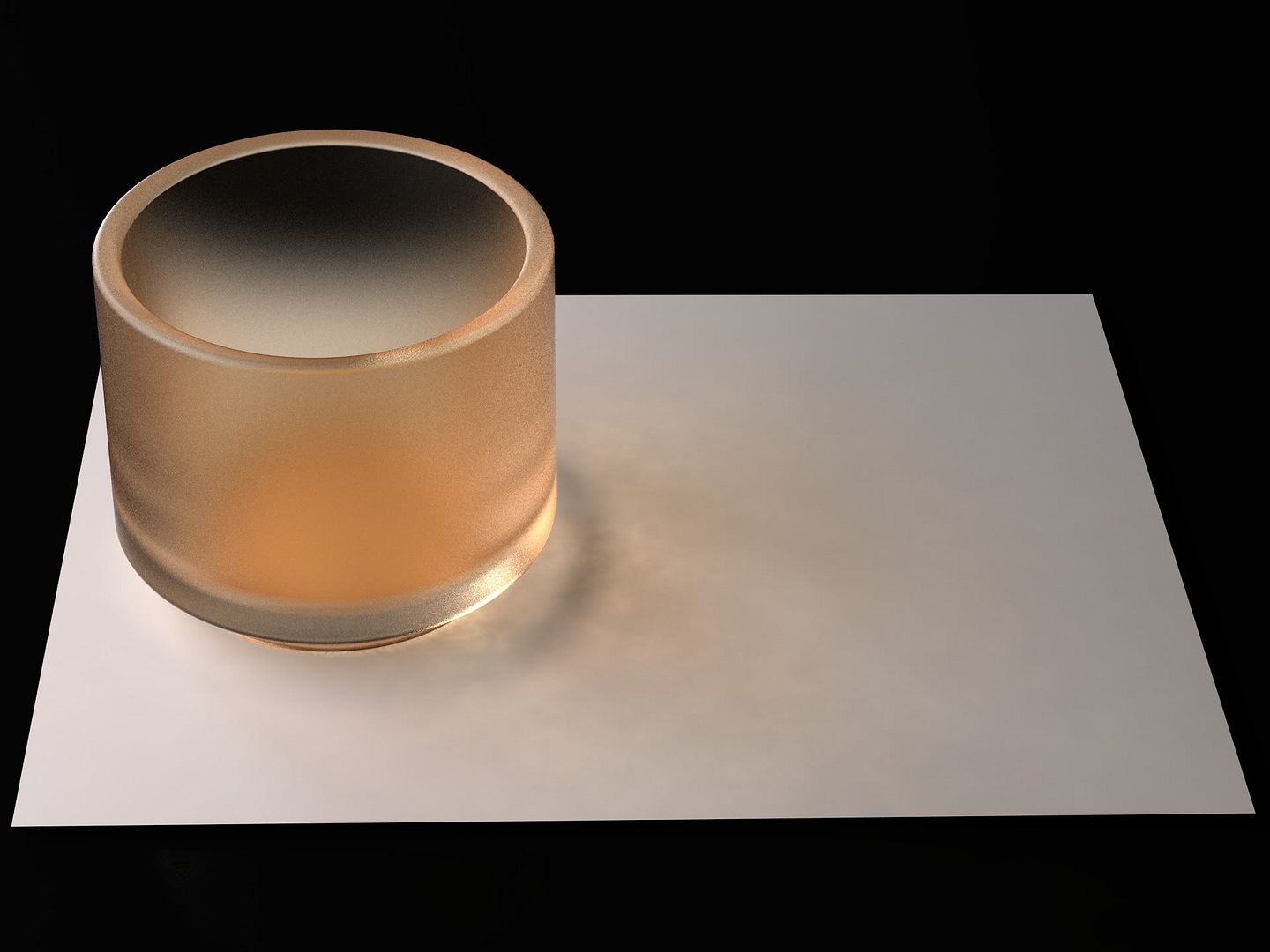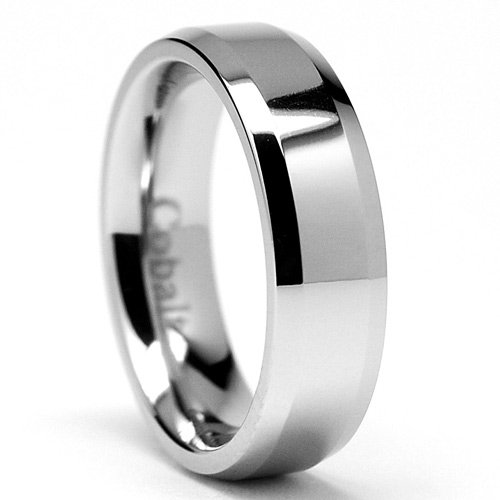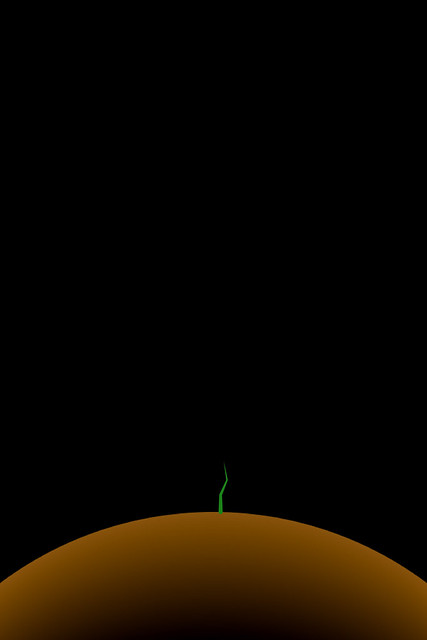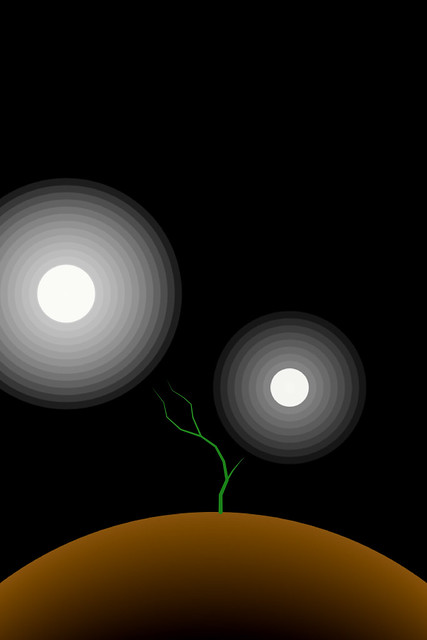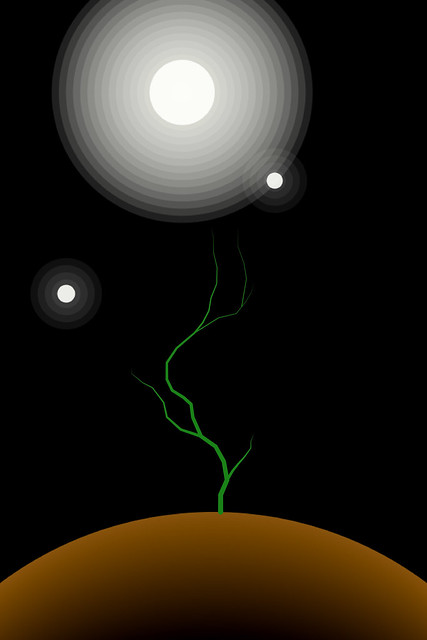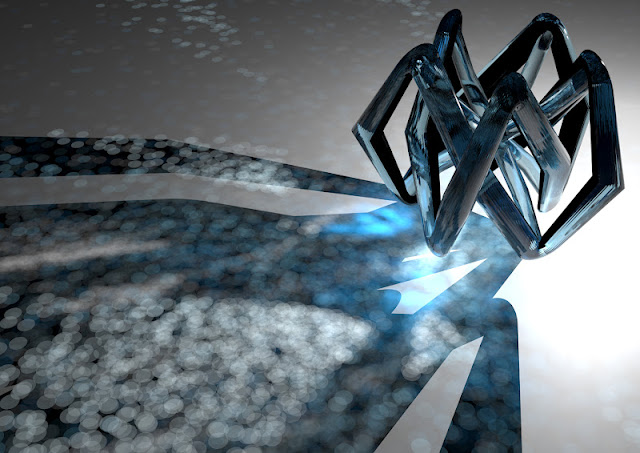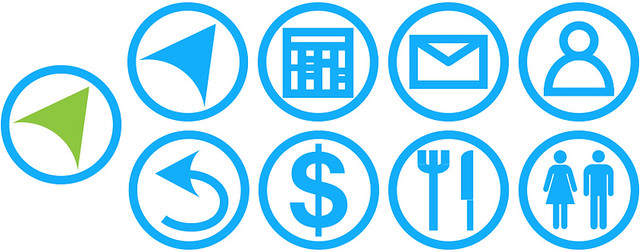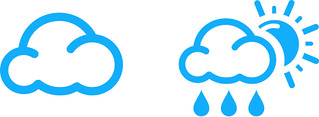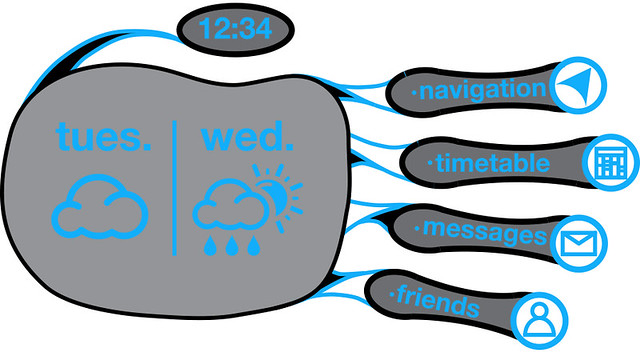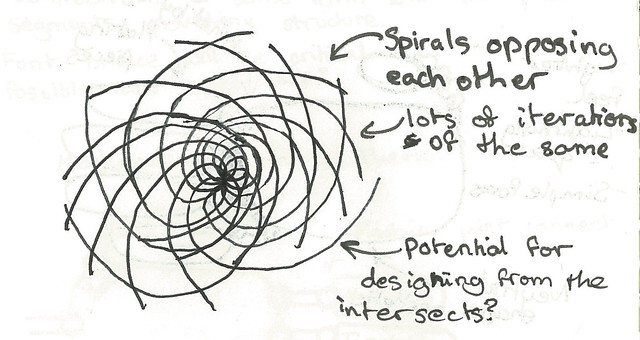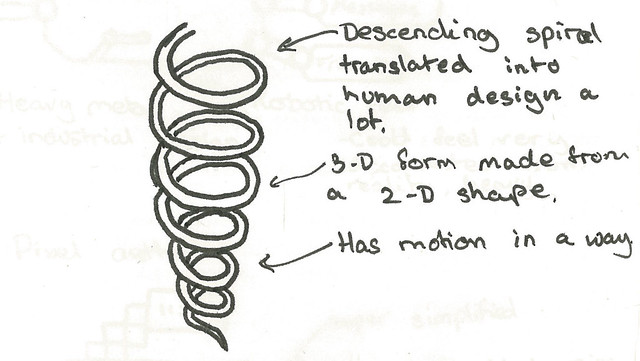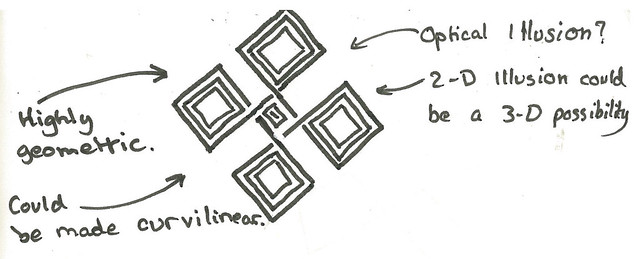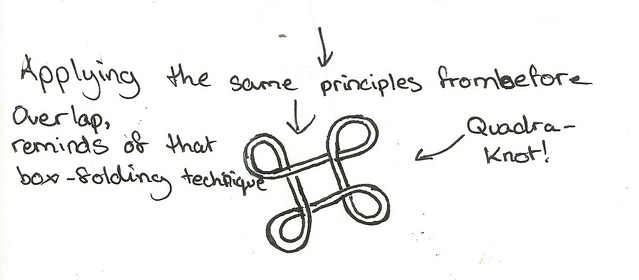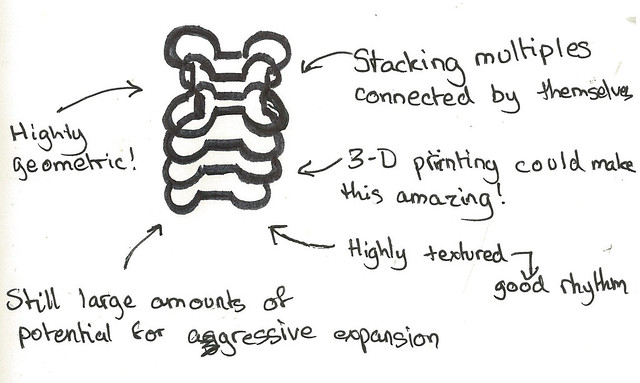So, after looking at my wireframe, I decided that to best showcase a large amount of the functionality and interaction would be the path below. I also realise that since I have the element of switching modes, I would need to somehow incorporate that into my flash program.
So that way that I want things to progress is such:
- Main Interface: Start with the view of the main interface. Fade in from nothing. The main interface has the options to access the rest of the functions.
- Messages: Since the message icon will be illuminated, the user will go to the messages first.
- Inbox/Message Shown: From the messages, the inbox is also illuminated, so the user ventures there next.
- Reply: The user pressing reply on the previous message will bring up the QWERTY keyboard, allowing the user to reply to the message.
- Messages: After pressing the send button, the user can return to the messages menu.
- Main Interface: The user then presses the return button again to access the main interface.
- Timetable: The user accesses the timetable to view details about the class they are going to next.
- Main Interface: Once the user has viewed the timetable, they use the return key to bring them back to the main menu.
- Navigation: Now the user accesses the main part of the interface.
- Input Destination/QWERTY: The user types in the room that they want to find, followed by pressing the calculate route button.
- Map Activation: The Geo-Tool then brings up the map, showing the users location and a route to the destination.
- Display Bathrooms: Once the user has the map in place, they activate the bathroom designator, which shows all the bathrooms in the vicinity.
- Public Mode: As if showing the data to a friend, the user then shifts their arm and displays the information publicly. The menu options disappear, and the data is simplified down to the basics.
- Off: The user closes their hand and the interface goes into stealth mode, still active in the background, but invisible to all.
- Compact Interface: The user activates this mode by holding their palm out in front of them and this brings up the bare essentials for navigating. The user then has a few options for enhancing the compass that they have available.
- Activate ATM Sub-Arrow: The user activates a sub-arrow, which is significantly smaller than the standard arrow and colour differently. It also has a little icon designating what it is showing.
- Activate Bathroom Sub-Arrow: Again the user activates another mode, so now the compass shows three varieties of arrows. The "Alpha-Arrow" showing the current path, the ATM arrow, and the bathroom arrow.
- Public Mode: By holding their hand completely flat, the user activates the public mode for the Compact Interface. This makes all the elements of the compass visible to others, but makes the menu options invisible.
- Off: The user closes their hand and the interface goes into stealth mode, still active in the background, but invisible to all.





